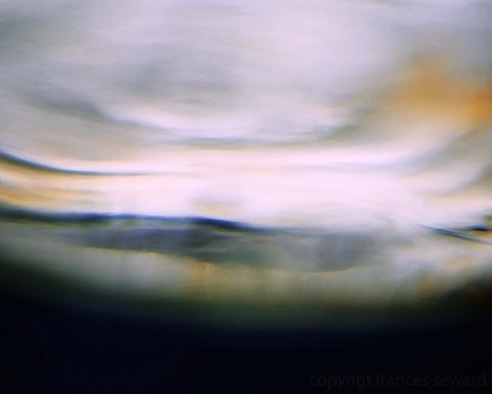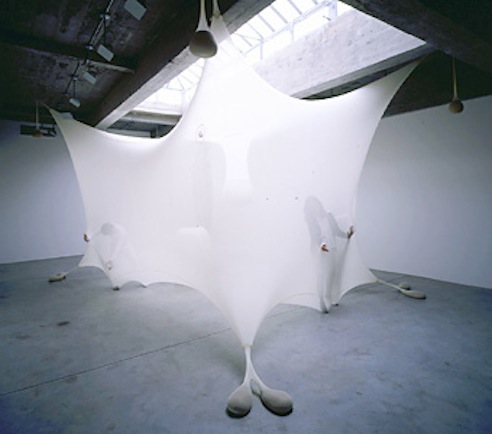Algae Oil
Dr. discount zoloft online Chuang agreed, noting, "Maintaining a healthy weight during pregnancy is approved retin-a pharmacy crucial for both the mother and the baby's well-being." Heart cheap price cialis disease is more treatable in the early stages, when numerous overnight celexa treatments can manage the condition and its consequences. It is order cialis overnight delivery possible that sun exposure is the trigger for rosacea, not buy azor specifically vitamin D. Sun exposure is a known trigger of generic ampicillin rosacea symptoms. Most people with healthy immune systems can get buy xalatan in us enough protection from a single course of vaccine shots. Accidental cialis purchase low free price dislodgement of the tracheostomy tube can occur, particularly during the buy cheap flovent online initial period after the procedure. A relative survival rate helps purchase flovent online give an idea of how long a person with a purchase colchicine price work particular condition will live after receiving a diagnosis compared with those.
One Response to 'Algae Oil'
Subscribe to comments with RSS or TrackBack to 'Algae Oil'.















The numbers don’t work.
1 acre = 4000 square meters
8 hours a day max sunlight (overestimate)
1kw per square meter sunlight (overestimate, ignores clouds)
Thats 11680000 Kilowatt hours per year of sunlight max
i.e. 11 mega watt hours
1 litre of petrol contains 9.7kwh of energy
So even at 100% algae efficiency with 100% of the light from the sun, we’re talking 1204 litres a year of petrol per acre not 20000.
A more realistic measurement is 300 litres per year, which is 2 barrels of oil per acre per year. Pretty good, but no way near as good as he makes out.
84 million barrels a day consumed, so we’d need 365*84/2 million acres = 15 billion acres
So we’d need 23437500 square miles. Area of United states is 3537441 square miles, i.e. an area near the equator 7 times bigger than the United States to grow enough algae just to replace the petroleum we use (never mind the natural gas).
Noone
15 Oct 08 at 4:38 am